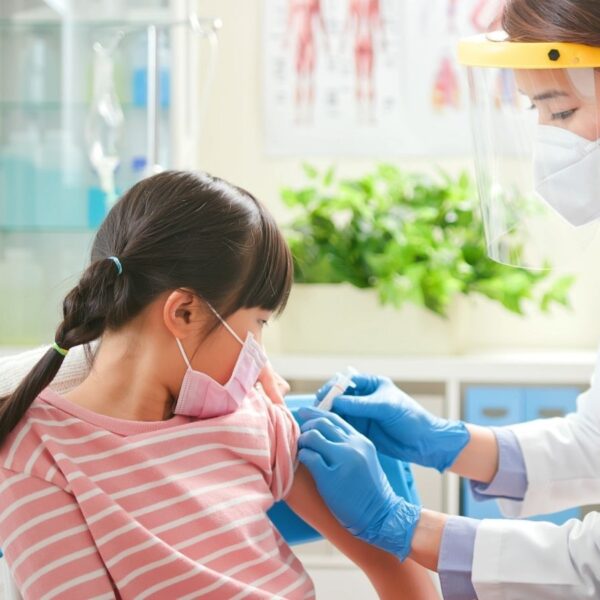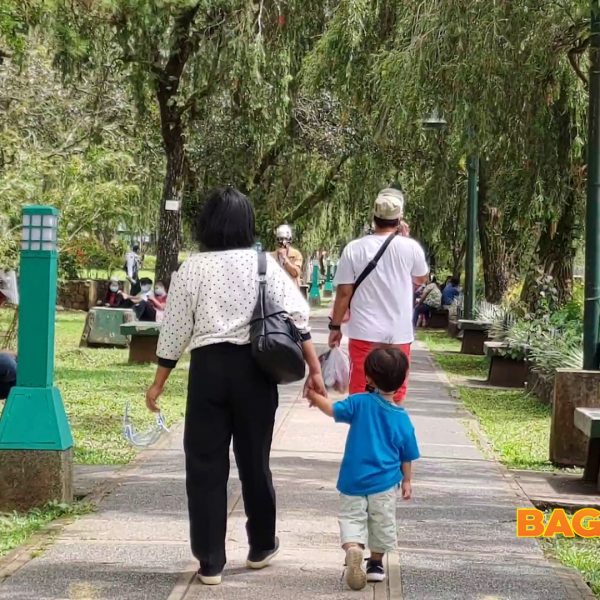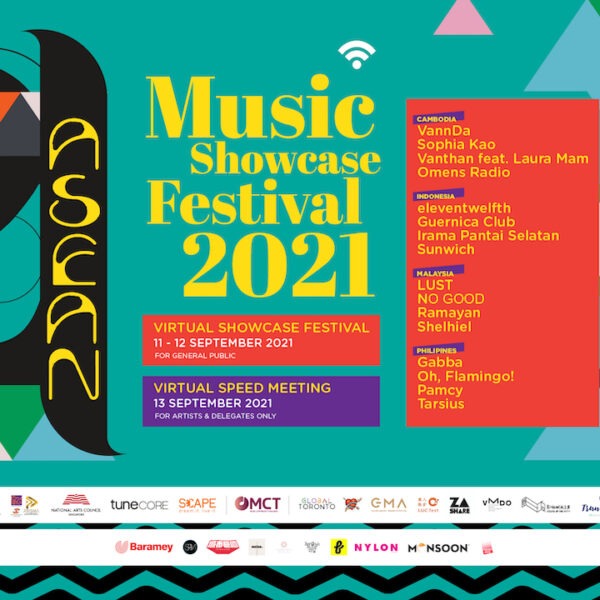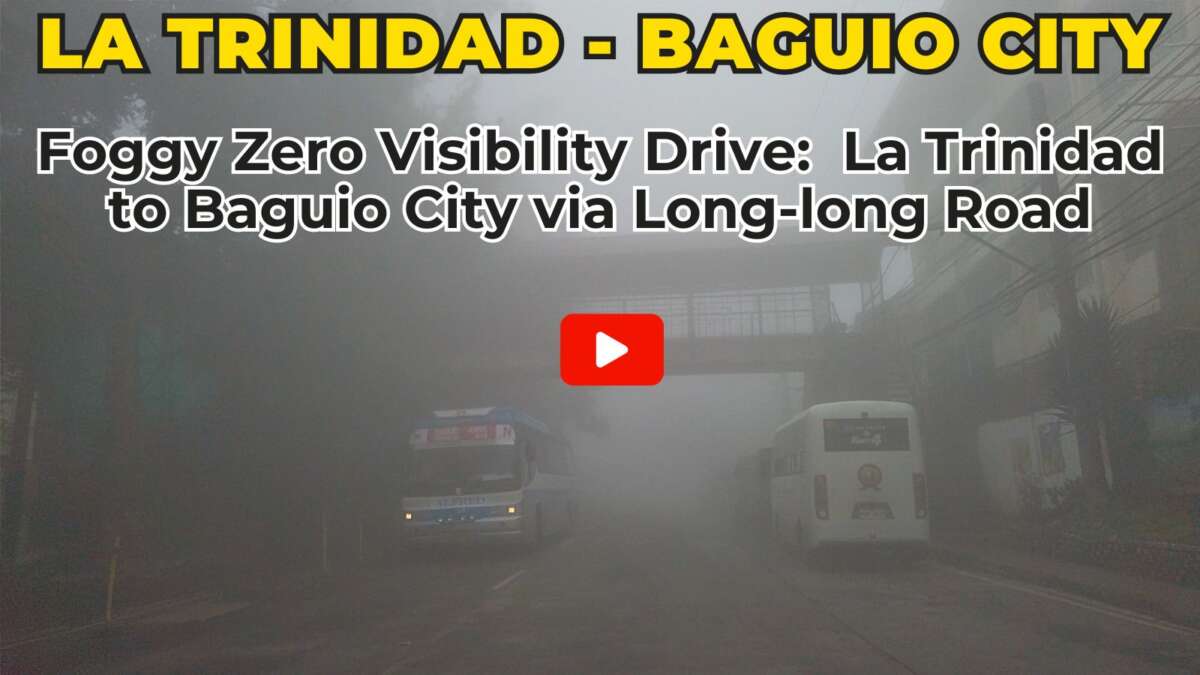DOTr to Allow Operation of Taxis and Some Other Public Transportation Starting June 1
DOTr: To Allow Operation of Taxis and Some Other Public Transportation Starting June 1
The Updated Public Transport Guidelines
The Department of Transportation (DOTr) has released an updated Public Transport Guidelines and Protocols for the “New Normal” as various areas in the country prepare to shift from Modified Enhanced Community Quarantine (MECQ) to General Community Quarantine (GCQ).
The said guidelines shall be adopted by areas that will be placed or remain under the GCQ classification.
The guidelines include the Sanitary Measures and the Two Phases for allowing the operation of the different modes of public transportation.
Sanitary Measures for Public Transportation in Areas under GCQ
- Wearing of face masks at all times
- Implementation of no-contact measures such as cashless payments.
- Use of thermal scanners
- Availability of alcohol and sanitizers in Public Utility Vehicles (PUVs)
- Disinfection of high-touch surfaces of vehicles
- Establishment of disinfection facilities in various public transport terminals
- Contact Tracing
The Two Phases
According to the DOTr, there will be two phases to be executed for allowing the operation of the different modes of public transportation in areas under GCQ. These are Phase 1 which will cover June 1 – 21, 2020 and Phase 2 for June 22 – 30, 2020.
Phase 1
- Trains and bus augmentation, taxis, TNVS, shuttle services, Point-to-Point buses, and bicycles will be allowed to operate, with LIMITED PASSENGER CAPACITY
- Tricycles will also be allowed, subject to the prior approval of the concerned LGU
- NO provincial buses will be allowed to enter Metro Manila
Phase 2
- Public Utility Buses (PUBs), Modern PUVs, and UV Express will already be allowed to operate, also with limited passenger capacity, along with the initial set of transport modes that were allowed to operate during Phase 1.
- In adherence to health protocols, one-meter social distance rule between persons will be strictly enforced inside ALL the PUVs and mass transport units
New Normal: Online Transactions
According to the DOTr , in this “New Normal” period, they will be harnessing the advantages of technology in implementing its initiatives for road-based transport.
This will be done to minimize physical contact or face-to-face interaction, thus preventing the spread of COVID-19.
Moreover, here are some modernization initiatives the agency would like to pursue:
- Automatic fare collection system (AFCS) for cashless payment transactions, electronic toll collection, and GNSS/GPS
- Online transactions in licensing, registration and other documentary requirements
Public Transport Online Processing System
The Public Transport Online Processing System or PTOPS, a key digital initiative developed by the Land Transportation Franchising and Regulatory Board (LTFRB), will also be adopted and is set to run in the National Capital Region (NCR) on June 1, 2020.
What is PTOPS?
PTOPS, as defined by the DOTr, is a system which will allow transactions to be made online, except the publication and hearing of cases—which will make LTFRB services faster and accessible for all its stakeholders.
Other Institutional Changes
Upon transitioning to “New Normal,” DOTr will be implementing other institutional changes such as:
- Routes Rationalization for a more effective traffic management
- Industry Consolidation, to make it more efficient and financially tenable for stakeholders
- The use of shuttle services to prevent students and employees from contracting the virus, will also be encouraged
- Promotion of the use of non-motorized transport or use of bicycles, to maintain physical distancing, provide environmental and health benefits and promote efficient road space use
Dedicated Lanes for Buses Traversing EDSA
Furthermore, under a GCQ setting, DOTr is also set to adopt a system in EDSA where dedicated lanes will be set forth for buses. Designated lanes for Bikes, as well as the putting up of Pedestrian Crossing and Bus Boarding Areas in strategic places is also included in the transformation of EDSA.
SOURCE Department of Transportation












